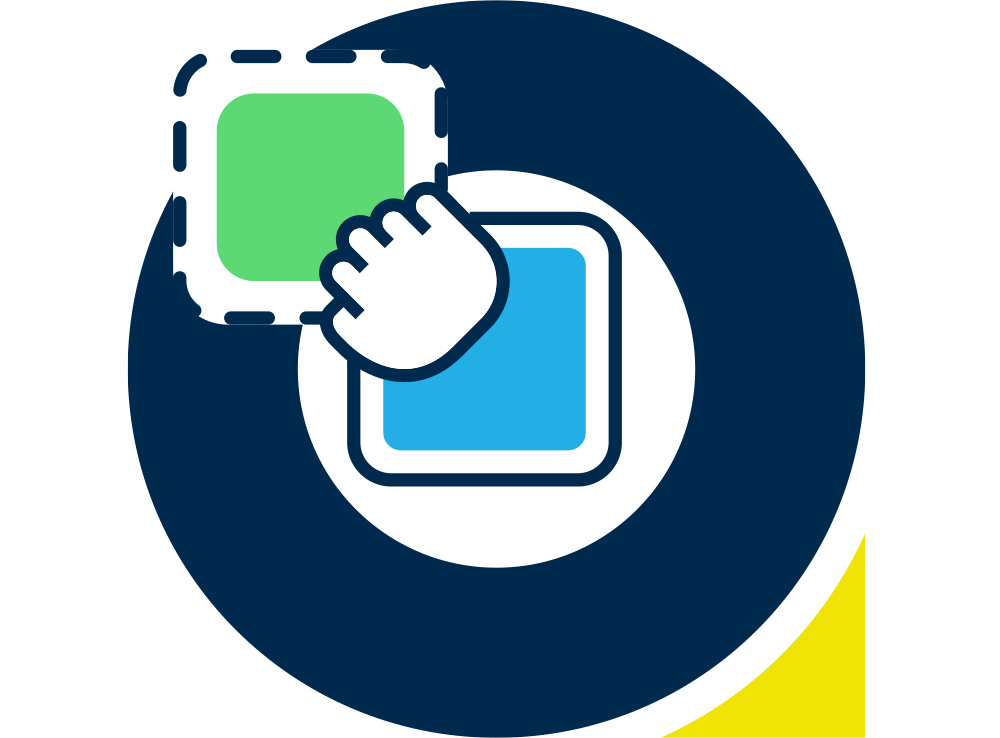“One’s got an earring, the other hasn’t.” “This one has a handkerchief sticking out the pocket, the other one doesn’t.” “There are eight stars in the sky on the left, but only seven on the right.”
These are all things you might say when looking at your regular cartoonish ‘Spot the difference’ game. The overall picture is basically the same, but there are subtle differences that you’re unlikely to spot if you don’t look closely enough.
It’s a bit like business-to-consumer (B2C) and business-to-business (B2B) email marketing. You’re sending a template out to a list of contacts – that part makes up the overall picture. But look closer at a successful B2C email and a successful B2B email and you’ll discover there are actually many differences – a lot of which exist because of what the recipients want and expect.
What makes a successful B2C email?
Depending entirely on your industry sector, there is a lot more room to be fun and playful in B2C email marketing than in B2B. Why? Arguably it’s because your emails are being sent to personal addresses rather than work accounts, so recipients will be going through their inboxes on their lunch break or after work rather than when on the company dime (the company 10p to us Brits).
Your B2C email simply has to stand out and be appealing, as some 75 per cent of today’s canny consumers routinely ignore marketing, and almost half send marketing emails to their spam folders. Brands made the switch from the ‘all-about-us’ approach to one focused on giving the consumer what they want to hear a long time ago, and this often involves being charismatic, charming and often plain silly. Just look at the newsletters from drinks company Innocent – there’s a personality there that consumers love, and it has nothing to do with selling drinks.
As part of that personality and charm, B2C emails are often very image-led when it comes to their design. If they’ve done their job by getting the recipient to even open the email, they can now wow them with an impressive image rather than bombarding them with an essay of text, relatively safe in the knowledge that the opener will check out the rest of the template.
A big turn off for consumers that many brands remain unaware of is personalisation – or rather over-personalisation. In our research, almost two fifths (38 per cent) of consumers hate feeling like companies are stalking them via email, and less than a fifth (18 per cent) said personalised content would tempt them to open an email.
What makes a successful B2B email?
Managing directors, marketing managers, sales directors, IT directors – every decision maker in a business is busy busy busy (or they’re at least pretending to be). But these are the people you need to get through to with your email marketing. So how do you do it?
Unlike B2C, a successful B2B email is far more likely to get straight to the point. B2C recipients clearly have some interest in your brand; they’ve signed up for your emails, and will read your messages in their free time or on their daily commute. A B2B recipient, however, has no time to waste; they’ve seen it all before; they’re happy with the provider they currently use; they’ve forgotten they’ve signed up to your list. You’ll really have to give them a fantastic reason to read on.
The recipient needs to immediately see the value of why they should keep reading; what are the benefits of your product/service to their business? What are you offering them that should make them act now? This means B2B emails are often more text-heavy than B2C. There’s simply too much information to get across and not enough time or space to do it in.
Therefore, personalisation in B2B email marketing might actually work better than in B2C, where consumers can become disillusioned by it. Personalisation in B2B means tailoring your message and segmenting your email data; it means testing subject lines and from names to find out what business contacts prefer; it means remembering that, often, B2B contacts are spending the company’s money – not their own.
The overall picture
So, you’ll have spotted the differences in the outlines above, but there is still the overall picture to consider which is the same on both sides. You still need to know:
• How to build an email template
• How to make your emails tempting and irresistible
• What email strategy works best for your business
• How to measure your email marketing
And a whole lot more. This information is crucial to successful email marketing, whether it’s B2C or B2B. If you have any questions, don’t hesitate to get in touch.
